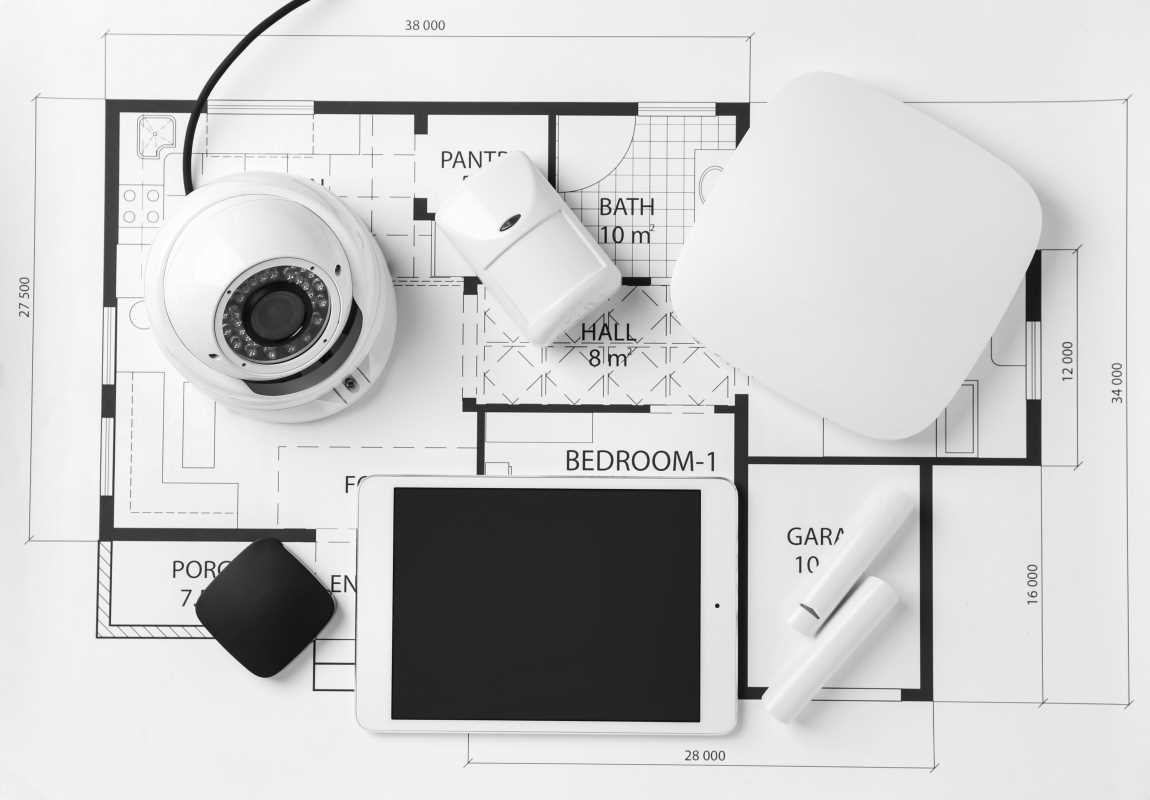Living in a multi-generational household can be a rewarding yet challenging experience. It’s a lifestyle choice that brings families closer together, offering opportunities for deeper connections and shared responsibilities. At the same time, it requires adjustment, as each family member learns to balance their needs with those of others under one roof. Understanding how to navigate these dynamics is key to creating a harmonious and functional home.
Understanding the Dynamics of Multi-Generational Living
A multi-generational household typically includes members of at least two or three generations living together. This setup is becoming increasingly common due to factors like rising housing costs, cultural traditions, or the need to care for elderly family members. While the arrangement offers undeniable benefits, such as cost-sharing and emotional support, it also comes with challenges like conflicting schedules and privacy concerns.
To make the most of this lifestyle, it’s important to focus on the positives. Living with multiple generations provides opportunities to share wisdom, create stronger family bonds, and support each other through life’s ups and downs. Acknowledging these advantages helps set a constructive tone as you begin to adjust to the arrangement.
Setting Clear Boundaries and Expectations
One of the most important steps in adapting to multi-generational living is setting clear boundaries and expectations. Without them, misunderstandings can quickly arise, leading to unnecessary tension.
Start by having an open conversation with everyone in the household. Discuss household rules, schedules, and responsibilities. Here are some helpful areas to address:
- Division of chores: Who handles cooking, cleaning, and other tasks?
- Privacy guidelines: Which spaces are shared, and which are private?
- Quiet hours: Establish times when noise should be minimized, especially if members have different work or school schedules.
Having these discussions early on prevents confusion and sets the stage for a more cooperative environment. Writing down agreements or creating a shared calendar can also be useful for keeping everyone on the same page.
Creating Shared and Private Spaces
Designing a living space that accommodates everyone’s needs is crucial in a multi-generational household. The goal is to create a balance between shared areas for family time and private spaces where individuals can recharge.
Shared spaces like the living room or kitchen should be welcoming and functional. Invest in versatile furniture, such as foldable tables or modular seating, to make the most of limited space. Private spaces, on the other hand, don’t have to be elaborate. Even a small room or corner with a curtain divider can provide the privacy needed for relaxation.
A comprehensive guide on multi-generational living provides innovative strategies to optimize your living space. It details creative approaches for balancing communal areas with private retreats, ensuring that every family member enjoys a harmonious and functional home environment.
Financial Planning for Multi-Generational Households
Money matters can often become a source of conflict in multi-generational homes, so it’s important to approach financial planning with transparency and fairness. Start by creating a shared budget that outlines household expenses, including groceries, utilities, and maintenance costs.
Decide how expenses will be divided among family members. Contributions don’t have to be equal but should feel fair based on each person’s financial situation. Regularly reviewing the budget together can help keep everyone accountable and allow for adjustments as needed.
Here are some simple ways to save money in a multi-generational household:
- Buy groceries in bulk to take advantage of discounts.
- Share subscriptions for streaming services or other shared amenities.
- Utilize energy-saving practices, like turning off lights in unused rooms or using energy-efficient appliances.
Financial planning not only helps reduce stress but also fosters a sense of teamwork and shared responsibility within the household.
Addressing Generational Differences
Living with people from different generations means encountering diverse habits, lifestyles, and values. These differences can sometimes lead to misunderstandings, but with patience and empathy, they can also become an opportunity for growth.
For example, younger family members might be more tech-savvy, while older generations may prefer traditional methods of communication. Instead of letting these differences create a divide, find ways to bridge the gap. Younger members can teach older relatives how to use modern technology, while older family members can share life experiences and traditions that enrich the household dynamic.
Common points of conflict, such as meal preferences or bedtime routines, can often be resolved through compromise. Encouraging open discussions and actively listening to each other’s perspectives creates a more harmonious living environment.
Balancing Individual and Family Needs
While multi-generational living emphasizes togetherness, it’s equally important to maintain a sense of individuality. Each family member should have opportunities to pursue their own interests and activities outside the home.
Encourage family members to set aside time for hobbies, socializing with friends, or simply unwinding alone. Balancing togetherness with personal space is essential, and exploring the dynamics of multi-generational homes offers valuable insights into achieving that equilibrium. This perspective highlights strategies for managing shared responsibilities while ensuring each family member maintains their own sense of independence.
Creating a successful multi-generational household takes effort, communication, and compromise. By focusing on the needs of everyone involved and addressing challenges proactively, families can turn this arrangement into a rewarding experience that benefits all generations.







